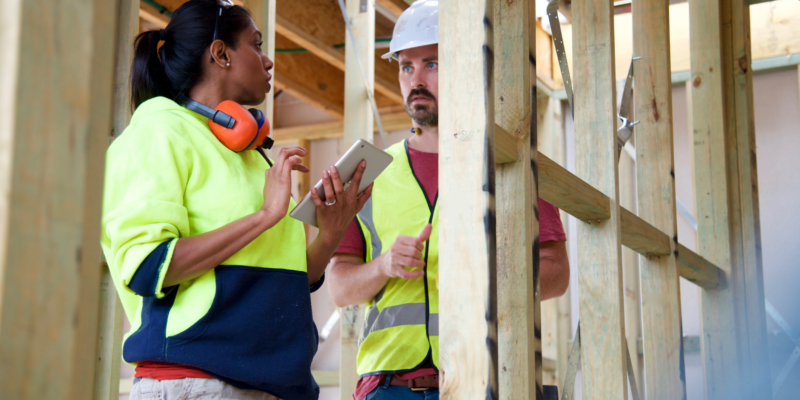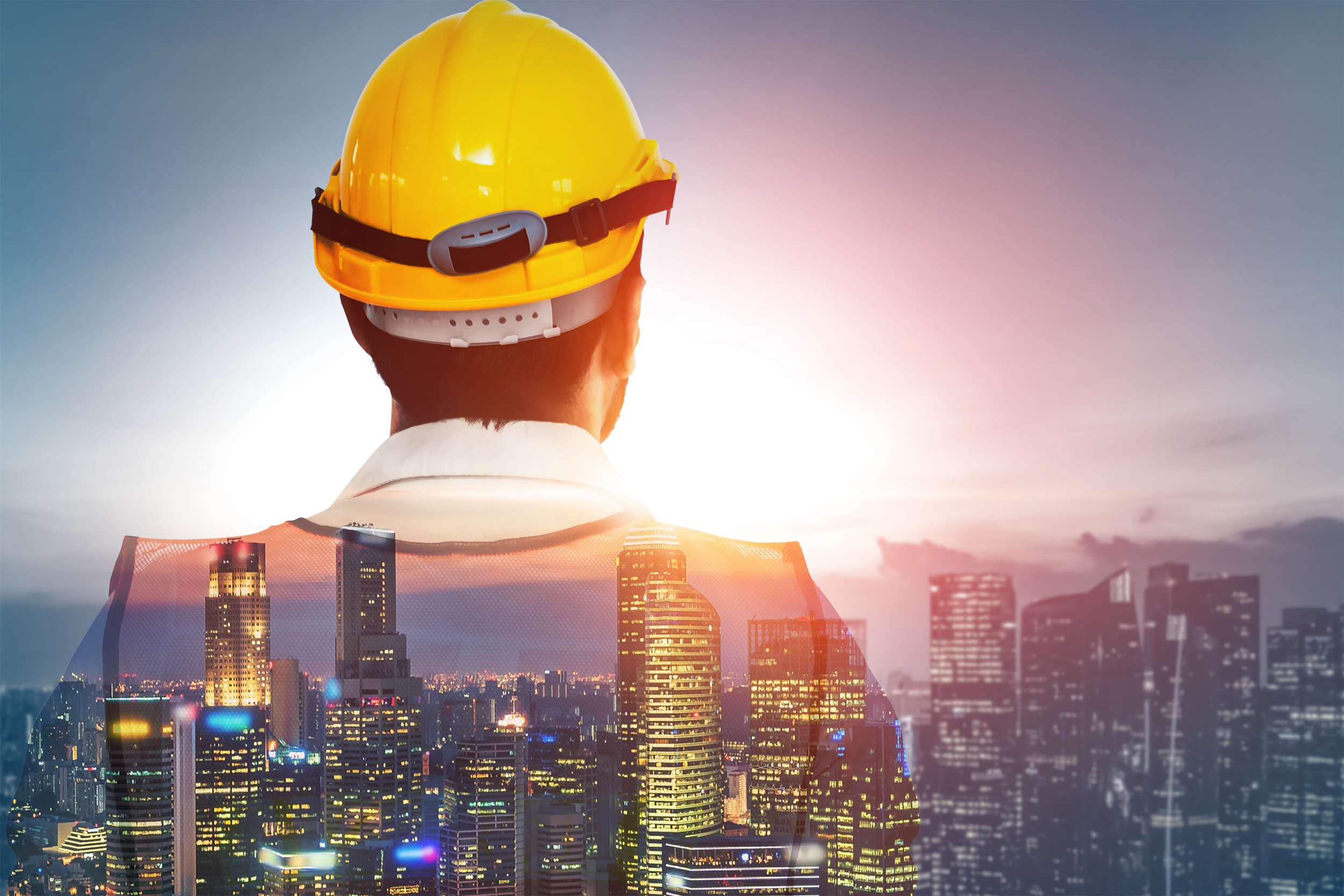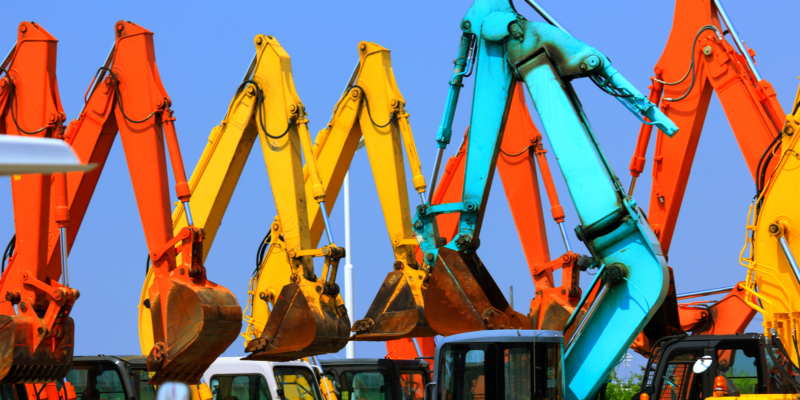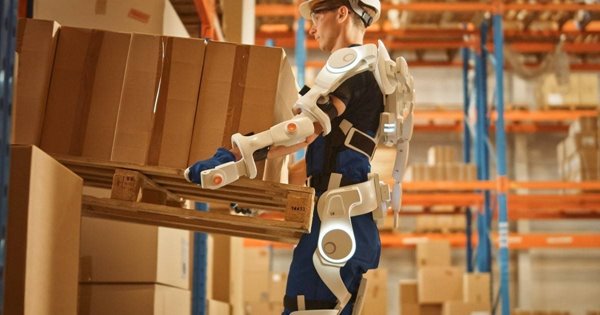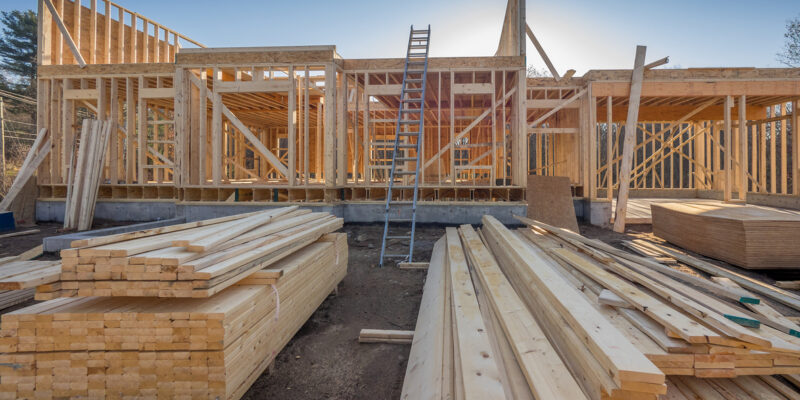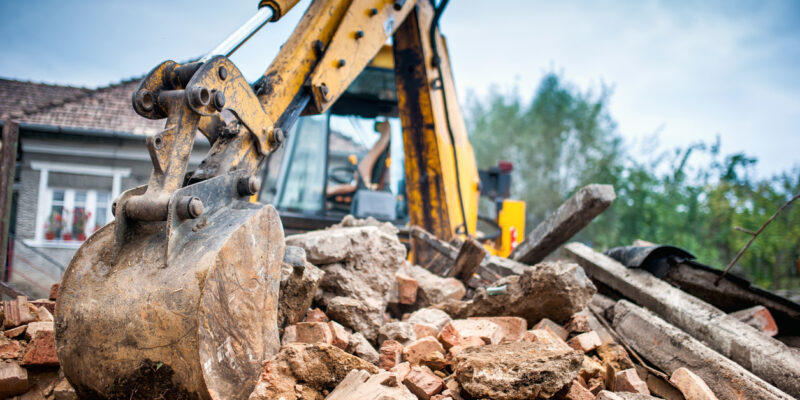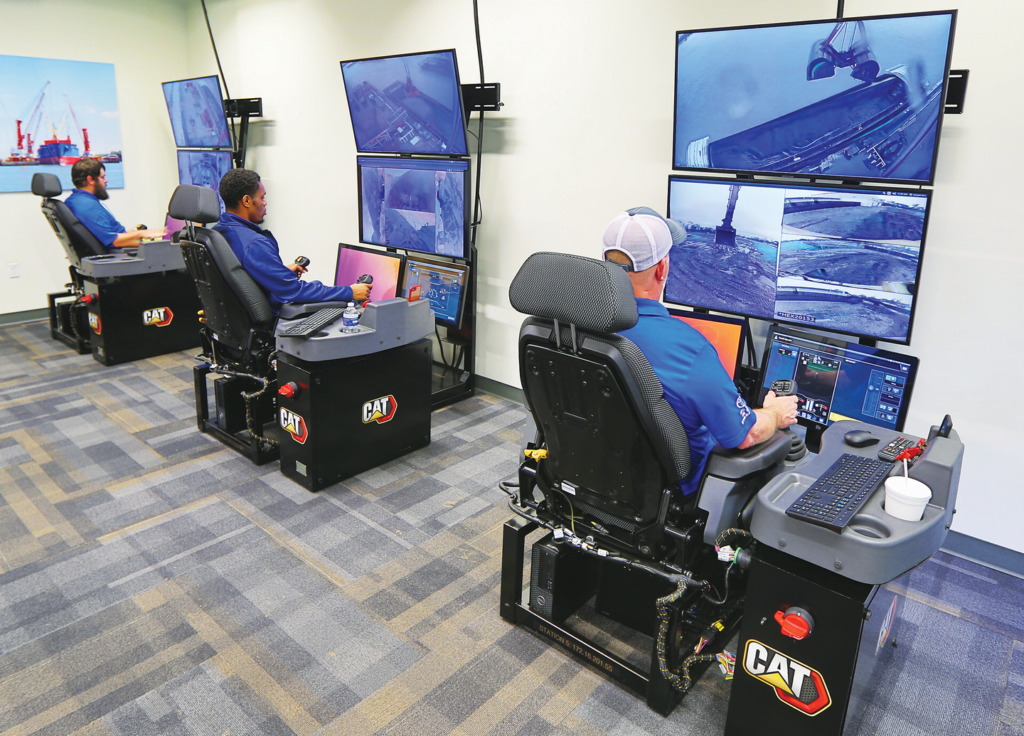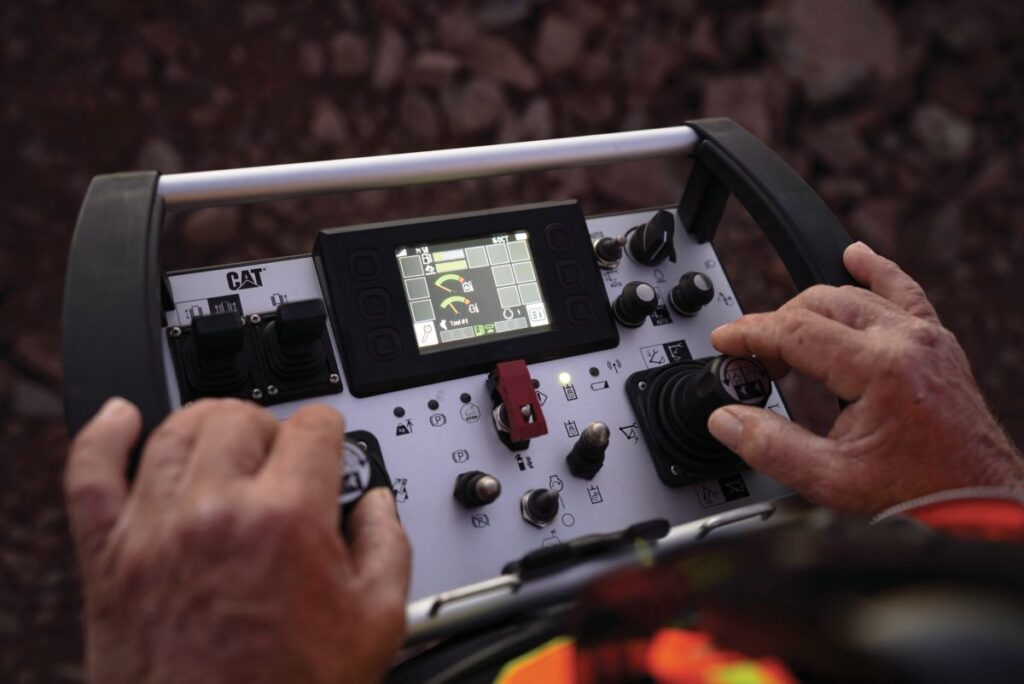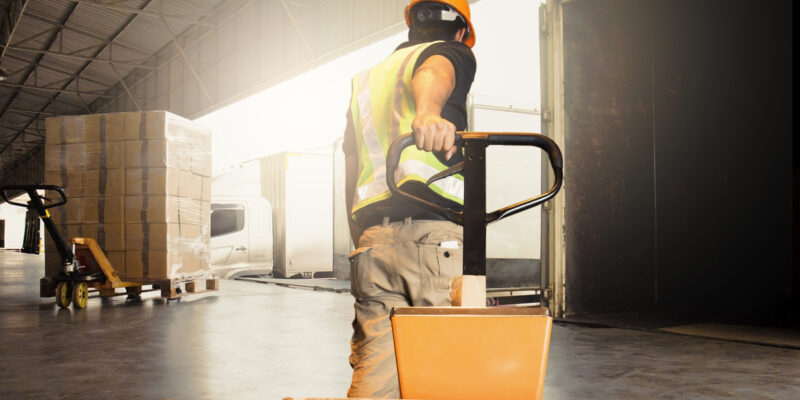Does the New Year have you itching for a change?
As the pandemic slows and people return to work, construction jobs are now more available than ever across the country. The Bureau of Labor Statistics reports that the number of construction industry jobs is expected to grow by 7% into 2030, and that the increase in federal funding from the Infrastructure Bill will provide stability for many types of construction companies throughout the coming years.
Maybe you’re looking for better opportunities, to make some money in the booming housing market, or to start fresh somewhere different. If you’re in the construction field or just starting in the industry, and looking for a change in locale, here are the top 10 best states for construction.
Top 10 states with the most construction job openings:
- California: 672,280
- Texas: 608,110
- Florida: 413,800
- New York: 311,430
- Pennsylvania: 213,630
- Illinois: 181,550
- Ohio: 178,900
- North Carolina: 178,710
- Virginia: 165,410
- Washington: 161,780
While having plenty of opportunity is important, so are wages. Many of the states with the most jobs available (Texas, Florida, Ohio, North Carolina, and Virginia in particular) all have an average wage below the national average of $25.93.
Top 10 states with the best wages per hour:
- Hawaii: $35.08
- Illinois: $33.86
- Massachusetts: $32.65
- New York: $32.49
- Alaska: $32.33
- Washington: $32.23
- New Jersey: $31.51
- California: $30.78
- Connecticut: $30.15
- Minnesota: $30.09
Enjoying the warm, sandy beaches of Hawaii after a long day of work might sound relaxing, but once again it’s important to consider other factors, like the high costs of living. Taking this into consideration, let’s look at what states have the most growth potential, measured by population growth from 2020-2021.
Top 10 states with the most growth potential:
- Texas: +310,288
- Florida: +211,196
- Arizona: +98,330
- North Carolina: +93,985
- Georgia: +73,766
- South Carolina: +59,976
- Utah: +56,291
- Tennessee: +55,099
- Idaho: +53,151
- Nevada: +29,920
Top 10 states with the largest populations (in billions):
- California: 39.512
- Texas: 28.996
- Florida: 21.478
- New York: 19.454
- Pennsylvania: 12.802
- Illinois: 12.672
- Ohio: 11.689
- Georgia: 10.617
- North Carolina: 10.488
- Michigan: 9.987
When combining all of these factors, professionals found the following 10 states to be the absolute best for those looking to work in the construction industry, with great potential, growth, and wage numbers.
Top 10 best states for construction work:
- California
- Illinois
- New York
- Washington
- Texas
- Florida
- Pennsylvania
- Ohio
- Georgia
- North Carolina
No matter where you live, now is a great time to be in construction. We’re happy to be a part of this ever-growing industry and to be recognized for our dedication to quality workmanship and customer service.
If you’re one of the many project managers looking for staff in the new year, reach out today to see what we can do for you. Let’s ease those staffing woes and provide you with the people you need, when you need them.
Read more employment data and the full article at CONEXPO-CON/AGG.


